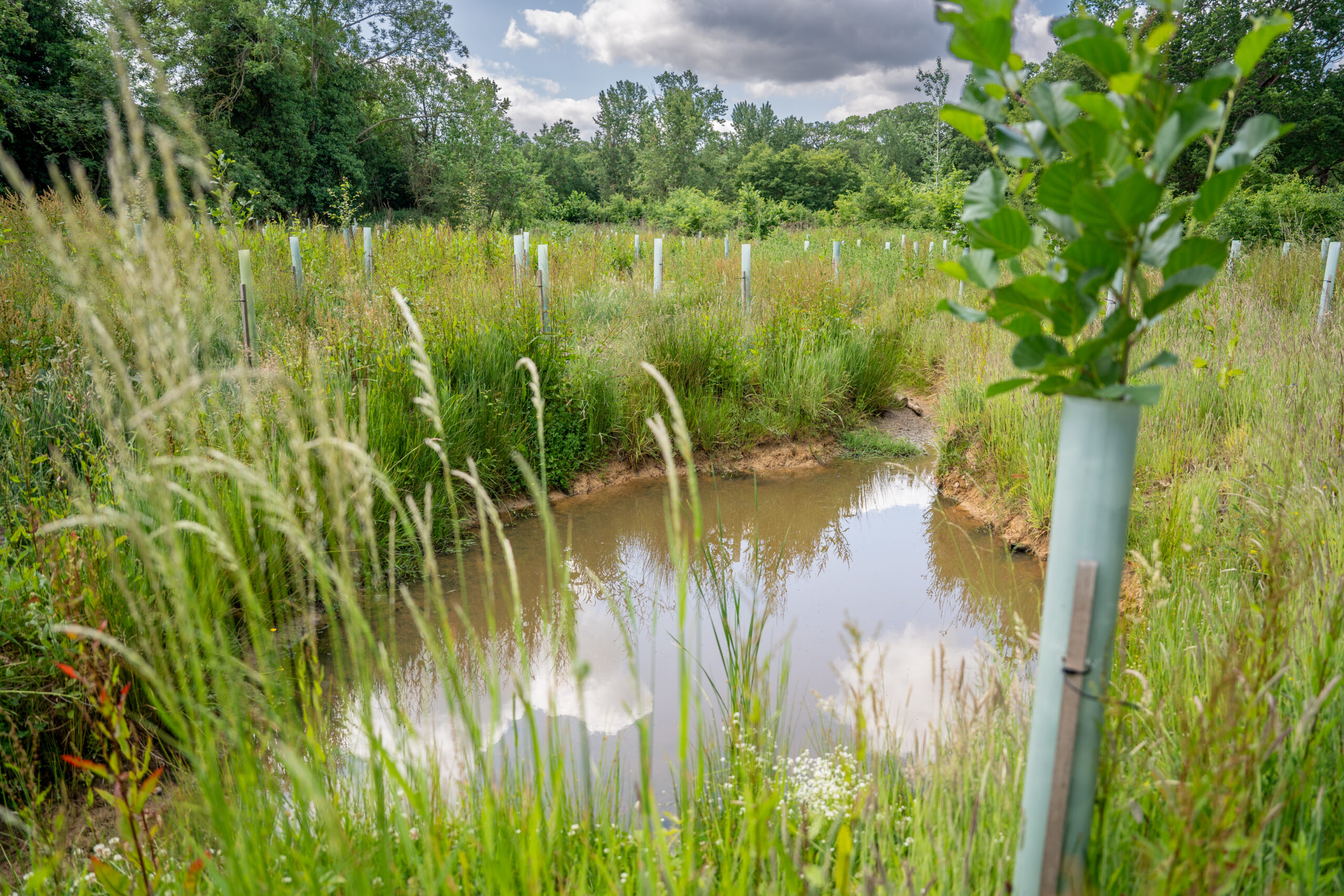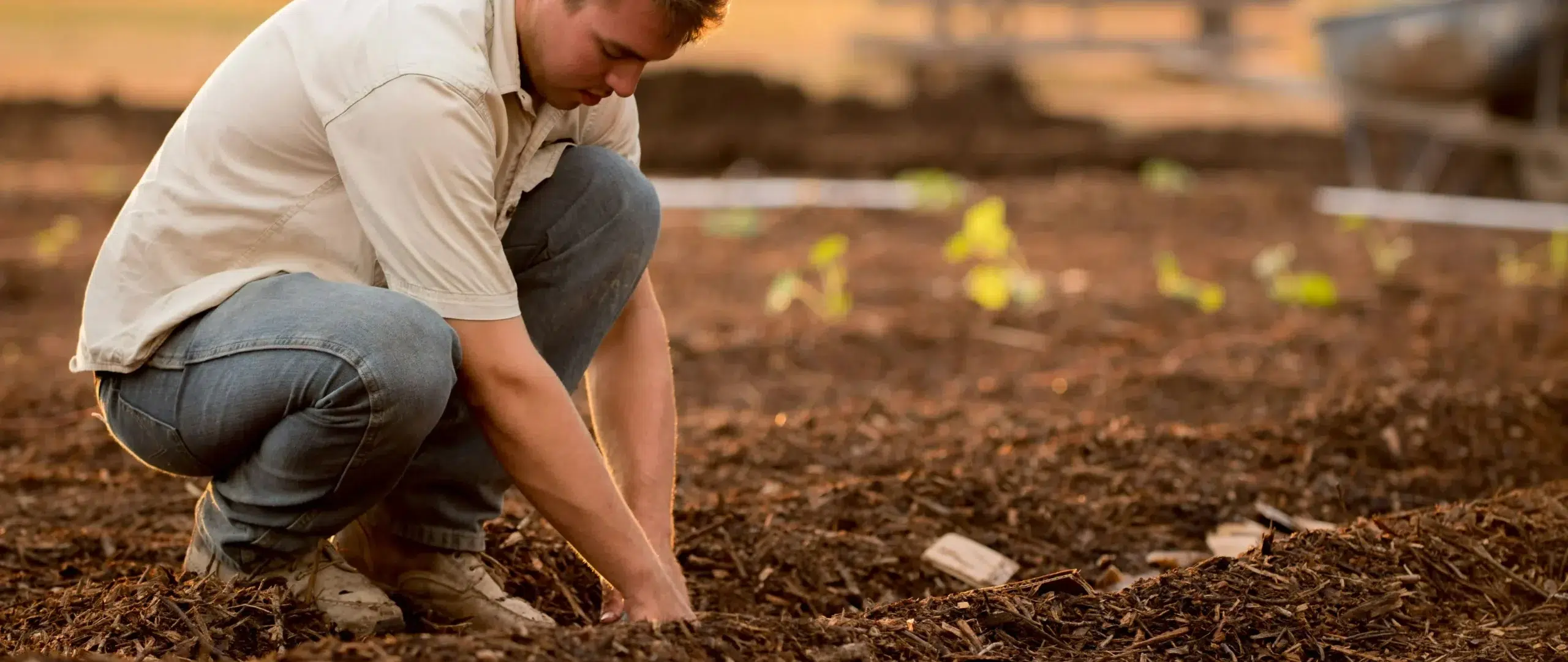
Sustainability
As part of The Crown Estate, the Windsor Estate is committed to a clear, common purpose:
‘To create lasting and shared prosperity for the nation.’
Sustainability and conservation sit at the heart of this commitment, influencing both our daily decisions and long-term plans. The Windsor Estate (which includes Windsor Great Park) covers 6,400 hectares (15,800 acres) of sweeping parkland, award-winning gardens, forests, forest trails, and ancient woodland. The Estate has practised sustainable land use for hundreds of years, but the need to embrace and share these techniques — whether ancient or modern — has never been stronger, given the escalating challenges of the climate crisis.
Our aim is to become recognised as a leading centre of excellence for ecological best practice, delivering social and environmental change that is both positive and resilient.
We routinely publish articles relating to sustainability and the environment on our website and social media channels. As an example, see how Fungi are vital for our habitats.
Recognising the challenge we all face
The climate crisis is not a challenge for the future. It’s here now, directly affecting every aspect of our work. Increased greenhouse gases such as carbon dioxide and methane are trapping more of the Sun’s energy in the atmosphere, warming the Earth and the oceans.
As global temperatures rise, the world is experiencing:
- Changing and unpredictable weather patterns
- Increased air pollution
- Threats to its water supplies
- An increased risk of wildfires
- A loss of habitats and biodiversity
- Flooding, both localised and around the coasts
- Food insecurity, as climate change affects traditional crops
Nature is critical for our very existence, and the increase in greenhouse gasses affects us all. But nature also has the power to mitigate the effects of climate change. Find out more about our ambition for nature recovery.

Balancing value with sustainability
As part of The Crown Estate, we are uniquely placed to support the national journey to net zero carbon emissions, balancing the needs of today’s communities with habitat restoration, biodiversity, and the wellbeing of future generations.
Each year, Windsor Great Park welcomes 5.5 million visitors looking to enjoy the pleasures of nature. The mental and physical benefits of fresh air and activity are obvious, not to mention the simple joy of spending time with family and friends.
Other benefits we provide are far less obvious but equally important. The wider Estate is home to numerous tenants and businesses, and the land provides carbon capture, water management, timber production, food, and more.
Providing all these benefits in a sustainable way is a complex, forward-thinking effort. We work to capture more carbon by planting more trees, mitigate floods by creating more ponds, waterways, and leaky dams — and create the conditions that promote habitat restoration and nature recovery.
Climate change affects strategic planning across the Estate, whether we are expanding renewable energy generation or xeriscaping our gardens (to reduce water consumption). Big projects can have a significant impact on all our futures, but sustainability rests just as much on the smaller initiatives.
Read on to see what sustainability looks like in practice, and how you can help.
Decarbonising and renewable energy
In response to the climate and nature emergencies, we are improving our energy usage in three ways:
1
Decarbonising
our real estate
2
Improving the energy
performance of our assets
3
Generating more
renewable energy
reduction in our 2024/2025 energy consumption (exceeding our 18% reduction target)
of our vehicle fleet is electric, reducing our fuel use, and saving 55 tonnes of carbon
of the own-use electricity we buy from the National Grid is from renewable sources (and we are working on the rest)
Food and drink
In addition to reducing our direct Greenhouse Gas (GHG) emissions, we are investigating ways of reducing the indirect emissions created by our suppliers and visitors using our services.
Zero plastic water bottles
We no longer sell single-use plastic water bottles in our takeaways or restaurants. Visitors to Windsor Great Park are welcome to refill reusable bottles at any of our restaurants and kiosks around the Park.
Sustainable food sourcing
We are committed to sustainable food and local sourcing, using UK suppliers of fruit and vegetables, UK-sourced … Red Tractor approved meat and dairy, and MSC (Marine Stewardship Council) certified fish.
The Windsor Farm Shop, for example, proudly champions hundreds of skilled British speciality producers, local artisans, and farms across The Crown Estate – strengthening the local economy, supporting regional supply chains, and nurturing emerging businesses.
Don’t forget your reusable cup
When purchasing a hot drink at Windsor Great Park and Windsor Farm Shop Café, bring your reusable cup and you will receive 50p off your hot drink.
Switching to reusable cups helps reduce the greenhouse gas emissions and water needed to make, transport, and dispose of single-use cups while reducing waste and pollution. In fact, according to Zero Waste Scotland, the UK would save 52,000 tons of CO2 each year if we all switched to reusable cups.
Sustainability permeates everything we do
Find out more about other sustainability initiatives we’ve introduced across the Windsor Estate.
Waste
We sort all waste into two separate streams, organic or non-organic. Organic waste is reused as compost in the Park or Gardens. Non-organic waste is either recycled or converted into electricity at our local Energy from Waste (EfW) plant.








